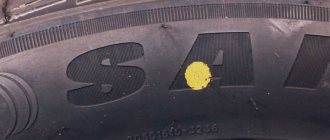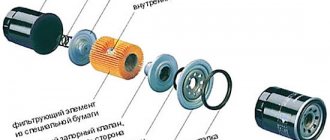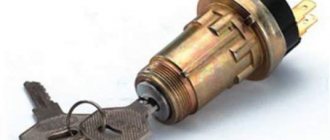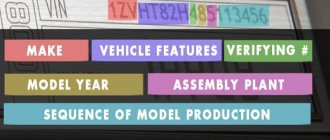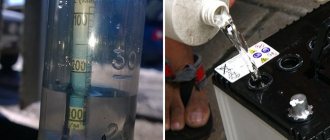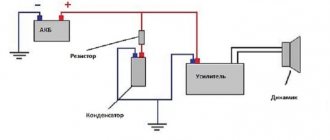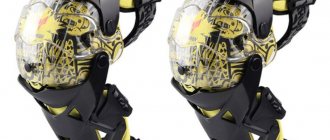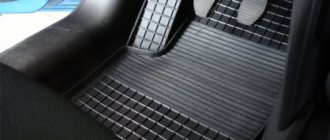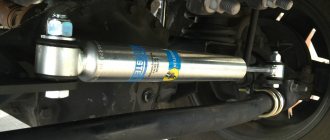Types of camouflage painting
Camouflage is a method of camouflage inherent in military uniforms, weapons and equipment. It is precisely for the ability to camouflage a car against the background of the environment that camouflage coloring is highly respected among those who like to hunt and fish: a car can literally blend into its surroundings.
Despite the existence of traditional brown-green-yellow colors, there are other camouflage options - winter, urban, forest and many others. They differ in color, type of pattern, and method of application.
For the final coating, varnishes with the following effects are used:
- glossy - gives shine in the sun, which eliminates camouflage, is often used to comply with fashion trends;
- matte - ideal for creating camouflage coatings for hunting, fishing, and military purposes.
It’s worth taking a closer look at the options for camouflage colors and pattern types to choose the one that’s right for you.
Traditional camouflage
This is a pattern in the classic khaki style, combining non-staining, discreet dusty earth tones with marsh and brown. Gives the car a real military look, ideal for camouflage, but poorly suited for urban conditions and everyday driving.
Geometric camouflage
This pattern is often called chopped. It provides an original design effect - “crushing” the silhouette of an object into parts. Most often, geometry is used on sports cars with a low body height. Also, a similar color is used by the US Army on fighter aircraft. Traditionally, gray, black and white colors are used to create decor, but in unusual versions you can even find pink and purple inserts.
Urban camouflage
Intended for driving in city conditions, it has a number of specific features: the predominance of gray, blue, white, the presence of angles and straight lines.
Digital or pixel camouflage
This design is incredibly stylish, rare, it resembles a combination of small squares that imitate digital pixels, which are noticeable when you magnify the monitor screen. The appearance of the car will look blurry relative to the terrain, despite the angular outlines of the decor. Color combinations can be similar in tone or contrasting - at the request of the owner.
Forest or hunting camouflage
Forest camouflage is a pattern based on dark green, beige, black spots with smooth, soft lines. It is most often chosen by hunters; it is also used to paint military equipment. A type of forest camouflage includes images of grass, vines, shrubs, and savannas.
Winter camouflage
The pattern within winter camouflage imitates nature during the cold season. The most popular colors are gray, white, blue in the form of blurry spots on a light background. Corners and edges can also be used, but in a minimal amount.
White camouflage
It is a subspecies of winter camouflage with the difference that the predominant color is white. It is usually applied by those who hunt in the taiga forest in winter, as well as for military purposes in the North.
Sand camo
Sand camouflage is also called “desert storm”. The main shades here are brown, yellow, and beige. The coloring is popular in the prairies, used by the military in the corresponding area. For application, they resort to the technique of spraying layers in different ways, and then they make the final finishing of the pattern with an airbrush.
Types of camouflage car colors
There are many varieties of painting a car in camouflage. Camouflage, as you know, is a method of camouflage characteristic of military equipment. So, depending on various external factors, various changes were made to it to give the car greater stealth.
It is customary to distinguish at least 5 types of camouflage. Each of them is strikingly different from each other, both in the method of application and in appearance.
Camouflage happens:
- urban;
- winter;
- sandy;
- pixel;
- universal.
The first type of camouflage, as the name suggests, is used to covertly move vehicles in urban environments.
It has a number of distinctive features. Thus, it is characterized by more angular straight lines. The choice of colors is largely limited to two or three shades. Among them: blue, white, gray.
The winter variety of camouflage is characterized by gray and blue blurry spots against a white background. In some cases, the use of several chopped corners and edges is quite justified.
From an aesthetic point of view, white camouflage is not very popular. It is most often preferred by those who are not averse to hunting somewhere in the taiga forests in winter.
In addition, there is the so-called sand camouflage. Its second, no less popular, name is “desert storm”. In this type of color, pale yellow, brown and yellow shades can be traced. The method of its application has a number of nuances.
So, when applying layers, they resort to various spraying methods. Final finishing with several coats of varnish completes the operation. It is worth noting that such camouflage, in the case of its civilian use, hardly lives up to its name. It is used only for aesthetic purposes.
Anyone who likes to play games often chooses a pixel color for their car, it looks unusual and attracts the attention of others.
But the traditional type of camouflage, made in the “Khaki” style, looks much more colorful. Dusty earthy tones give the car the features of a real military vehicle, skillfully hidden from enemies.
Camouflage colors
There are seven basic colors offered by different camouflage paint manufacturers. This:
- black;
- brown;
- light green;
- olive;
- sand;
- khaki;
- grey.
In addition to standard tones, brighter colors are also used in the camouflage technique: white, blue and even pink, although they are intended only to add style to the car, but not to camouflage it. Typically, three colors from the list are selected to paint one car, although there may be more if desired by the owner. Masters also use other shades to give the drawing originality:
- light gray dust;
- beige;
- yellow-olive;
- brown skin;
- bronze green;
- anthracite;
- gray-olive;
- bitumen black;
- dark grey;
- bright gray etc.
Fashionable camouflage colors
6th style of camouflage painting - hi-tech camouflage or UFO camouflage. Look at the possible colors
And you can choose many such color combinations. Feel free to open Google, type ufo camo there and look for inspiration. Combine bright, acidic colors. The car will look bright and unusual. In Russia there are still very, very few such colors, almost none.

